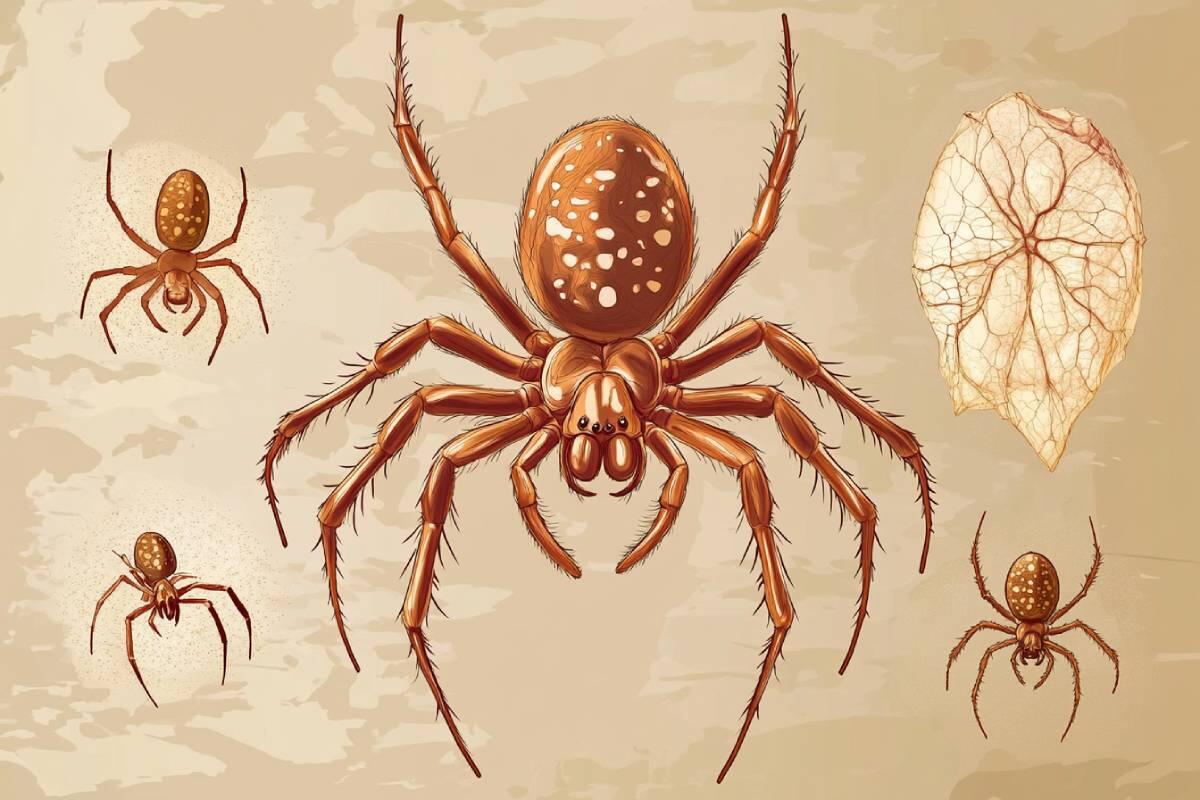Brown Recluse Spider Bite: Immediate Actions to Take
A bite from a brown recluse spider is often a cause for concern due to its potential severity. Recognizing the symptoms and knowing the immediate steps to take can prevent complications and ensure timely treatment. At Clinic Consultation, our healthcare professionals are dedicated to guiding patients through medical emergencies like spider bites.
This article will explore how to identify a brown recluse spider bite, the first-aid measures to take, and when to seek professional medical attention to ensure optimal care.
Identifying a Brown Recluse Spider Bite
Early Signs
Brown recluse spider bites often start with a small, painless red bump that may go unnoticed initially. However, within a few hours, the area may become swollen, tender, and exhibit a bluish or purple discoloration.
Severe Reactions
In some cases, the bite can lead to necrosis or tissue death. Symptoms such as intense pain, a growing wound, fever, or chills indicate the need for immediate medical attention. Clinic Consultation is equipped to provide accurate diagnoses and advanced treatment for these conditions.
Immediate Actions After a Bite
Step 1: Clean the Wound
Wash the affected area thoroughly with soap and water. This helps remove any residual venom and reduces the risk of infection.
Step 2: Apply a Cold Compress
Using a cold pack or wrapped ice on the bite site can help reduce swelling and alleviate discomfort. Avoid applying heat, as it may worsen the venom’s effects.
Clinic Consultation recommends following these first-aid steps while preparing to seek professional medical advice for severe symptoms.
When to Seek Medical Attention
Critical Symptoms
- Persistent Pain or Worsening Swelling: These signs may indicate venom spreading or an infection.
- Systemic Reactions: Such as fever, chills, nausea, or difficulty breathing, suggest that the venom may have affected other parts of the body.
Early Intervention Matters
Early medical intervention can prevent complications like extensive necrosis or systemic infections. The experts at Clinic Consultation are trained to assess and manage the effects of venomous bites, ensuring a swift recovery.
Treatment Options
At the Clinic
Treatment may involve wound care, pain management, and, in severe cases, debridement to remove necrotic tissue. Antibiotics might be prescribed if an infection is present, and antivenom could be considered in extreme cases.
Long-Term Care
For patients with extensive tissue damage, follow-up care is essential to ensure proper healing and prevent scarring. Clinic Consultation provides comprehensive post-treatment support for patients recovering from brown recluse bites.
Preventing Brown Recluse Spider Bites
Home Safety
- Seal cracks and crevices in walls and windows to prevent spider entry.
- Regularly inspect and clean storage areas, basements, and attics where spiders commonly hide.
Outdoor Precautions
- Wear gloves and boots when working in gardens or wooded areas.
- Shake out clothes, shoes, and bedding before use if you live in regions where brown recluse spiders are prevalent.
Clinic Consultation encourages proactive prevention to minimize the risk of spider bites.
Conclusion
A brown recluse spider bite can range from a mild inconvenience to a medical emergency. Taking immediate action and seeking professional help can significantly reduce the risk of complications. At Clinic Consultation, we prioritize patient safety by providing expert care for all types of bites. Book an appointment today for specialized guidance and treatment.
